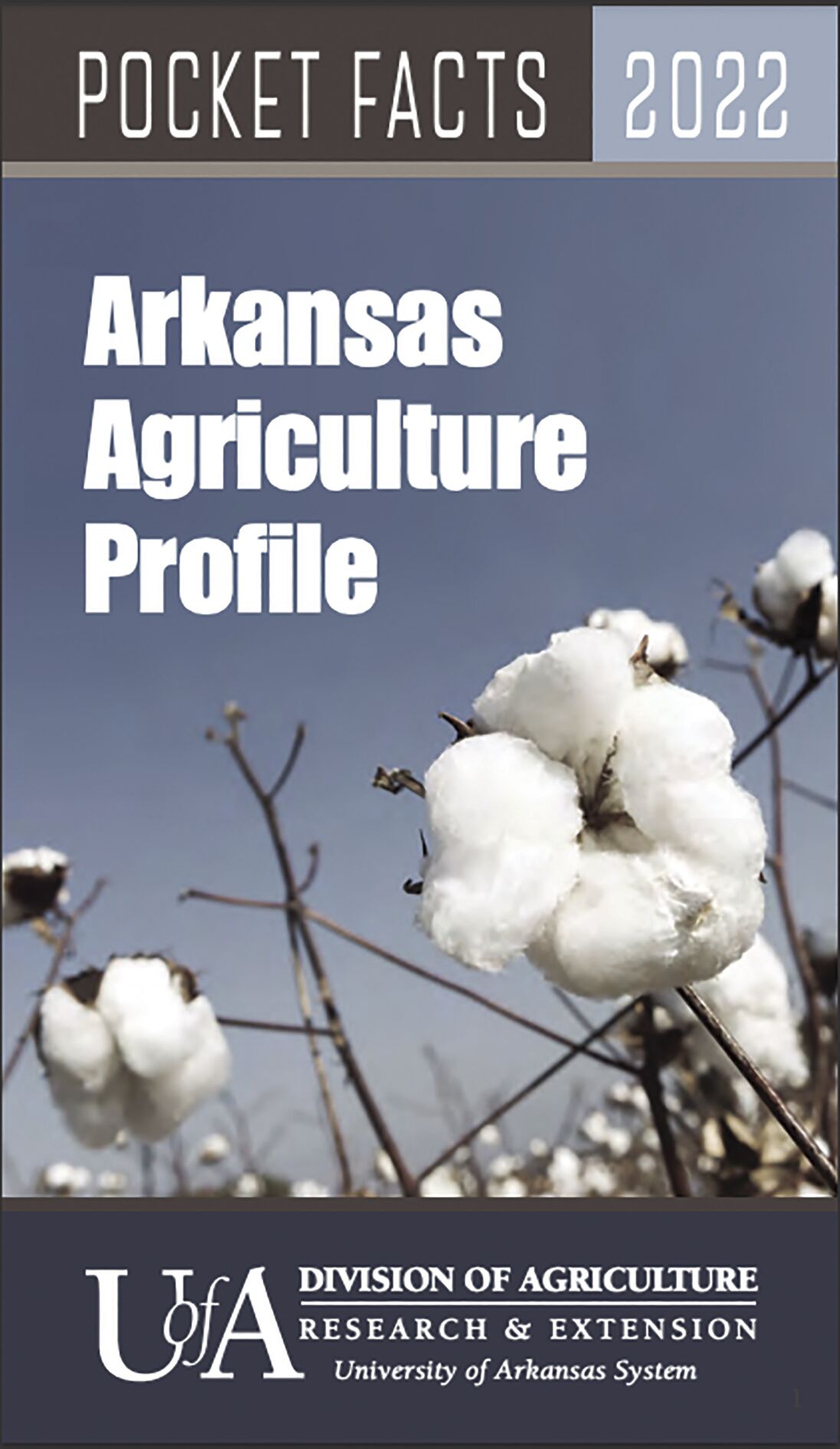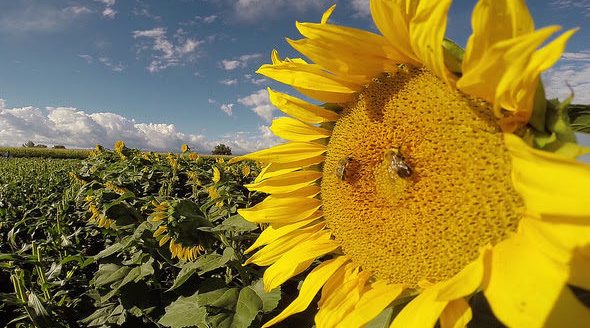The 2022 edition of the Arkansas Agriculture Profile shows some of the varied effects of the COVID pandemic on the state’s ag sector.
The report is authored by Jennie Popp, interim associate dean of the University of Arkansas’ Honors College and Leah English, who works in the department of Agricultural Economics and Agribusiness. The two put the publication together for the University of Arkansas System Division of Agriculture.
Agriculture, including forestry, is the largest economic driver in the state, contributing $19 billion in value-added to Arkansas’ economy. The state remained the nation’s largest producer of rice and ranked third in broilers, cotton, and cotton seed. Arkansas is No. 4 in food-size catfish and No. 5 in turkeys.
Pandemic effects
“The overall direct contributions showed little change,” Popp said. “However, when looking at individual sectors, there were some shifts. Losses in livestock production were caused by reduced processing capacity nationwide.”
English said that “although livestock processors experienced some initial difficulty in maintaining their labor force and transitioning to meet lower restaurant and higher grocery demand by the end of 2020, the situation appears to have stabilized.
“Livestock processors in the state saw an overall increase in employment of 0.2%, labor income rose 8.1 percent and value-added rose 15.5%,” she said.
Popp said crops except for corn—due to reduced ethanol—remained steady and losses in forestry production were offset by Paycheck Protection Program loans.
“As seen in many industries nationwide, induced contributions decreased across the ag and forestry sectors,” Popp said. Induced contributions reflect the spending of employee and proprietor wages, “which fell in 2020 as pandemic-related fear and uncertainty led to lower spending and increased personal savings.”
Download the Arkansas Agriculture Profile at https://uada.edu/docs/2022_AR_Ag_profile.pdf.




